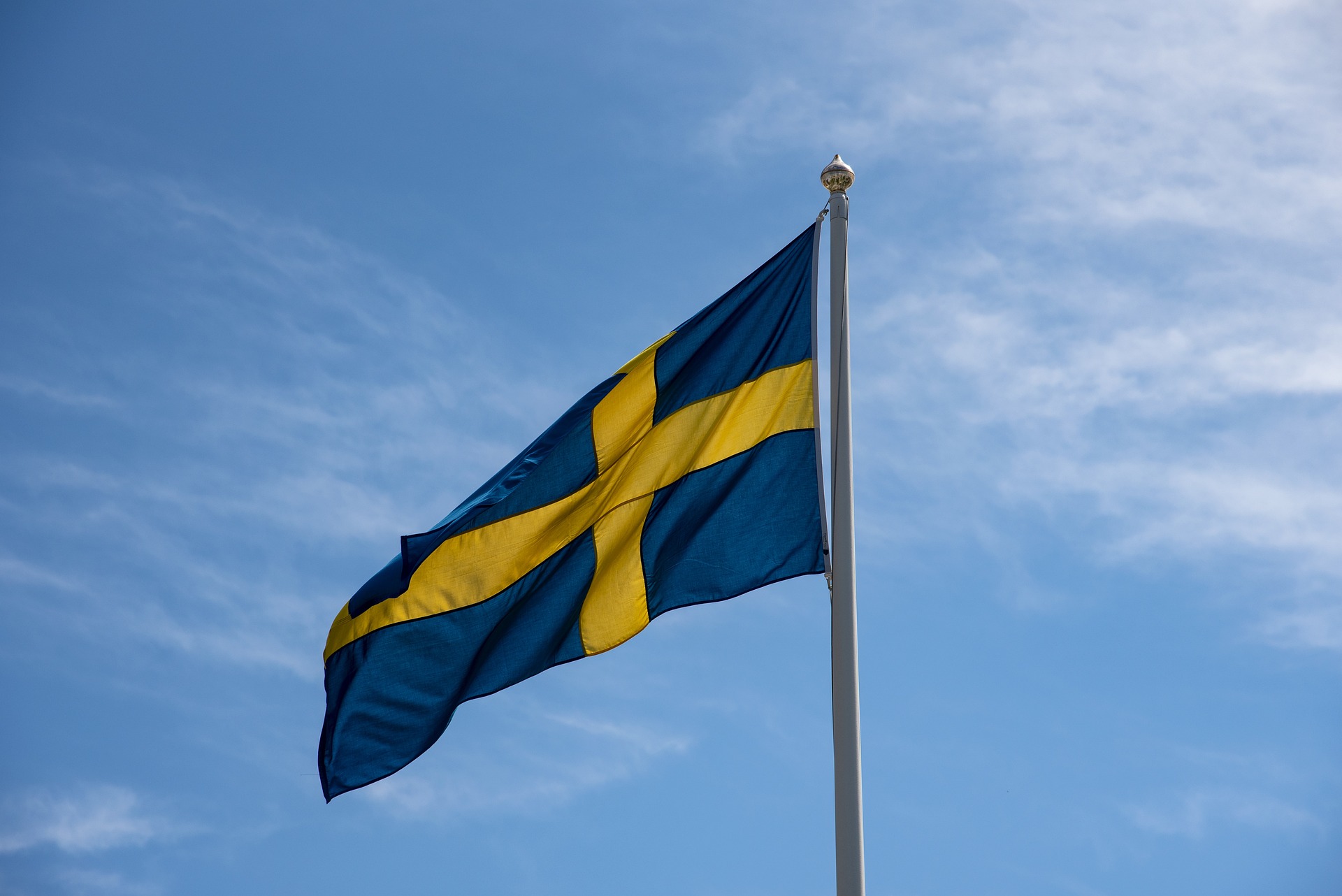Swedish government emphasizes harm reduction
07th Sep 2024

During Thursday’s meeting, the Swedish government decided to give new tasks to the National Board of Health and Welfare and to the Public Health Agency to develop a new public health strategy. A mission that highlights the government’s continued focus on tobacco and nicotine harm reduction.
Why Sweden’s updated mission on harm reduction matters now
Since 2021, the National Board of Health and Welfare and the Public Health Agency have been tasked with supporting policy in the areas of alcohol, drugs, doping, tobacco and nicotine as well as gambling.
– We are cautiously positive about the decision and that the Swedish government now clearly marks that they want to push the issue of harm reduction in the near future. But the success also depends on whether current officials – who previously have worked against harm reduction – will stay in office or not, says Markus Lindblad, Communications manager at Pouch Patrol.
The authorities must submit proposals by November 15 at the latest on how the continued policy around tobacco and nicotine, among other things, should be designed. In addition, the government wants to receive an interim report no later than May 1, 2025. An interim report that must contain an overview of the authorities’ work in the area.
– This is a very clear indication from a political point of view that they want to push the work and ensure that the authorities adhere to the harm reduction strategy that was decided on already in 2021. A fantastic success for the Swedish position and for all those who are fighting to develop alternatives to people who want to stop smoking, Lindblad continues.
The assignment must be finalized on May 1, 2026.
– We will monitor and keep politicians informed about what organizational changes are actually being made within the authorities. Without organizational changes, there is no change in policy.
The harm reduction strategy has already been decided upon by the Swedish Parliament three times and by the European Parliament twice.
– Despite these clear decisions, the authorities have clearly had their own agenda. Now the government is taking the authorities by the ear, albeit mildly. Even if the direction is clear, there is still some room for ideologically biased authorities to navigate around the decision, as they have done so far. However, the government’s decision is clearer than ever, Lindblad concludes.






